November is the month when we honor the memory of the millions of innocent victims of the Holodomor in communities around the world. Join the global Ukrainian community at commemoration events in your city.
DOWNLOAD MATERIALS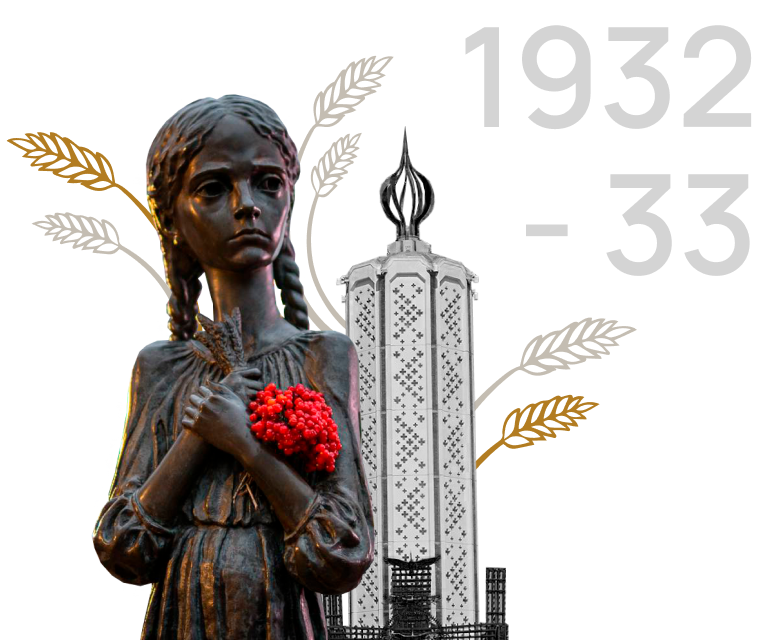

This study is the first to explore the transgenerational impact of the Holodomor among Ukrainian-Americans, with findings to be shared with the Holodomor Descendants Network. Who Can Participate: - Children of Holodomor Survivors: Born in the United States or outside Ukraine and immigrated to the USA before age 5. - Grandchildren of Holodomor Survivors: Born in the USA - Control Group: Ukrainian-Americans with no familial ties to Holodomor survivors, born in the USA or immigrated before 1963, and spent most of their childhood in the USA. About the Survey: Your responses are anonymous and stored securely. Participation is voluntary, and you can withdraw at any time. The study is approved by the Carleton University Research Ethics Board-B (#120976). Your participation can help deepen our understanding of historical impacts on current and future generations.
Survey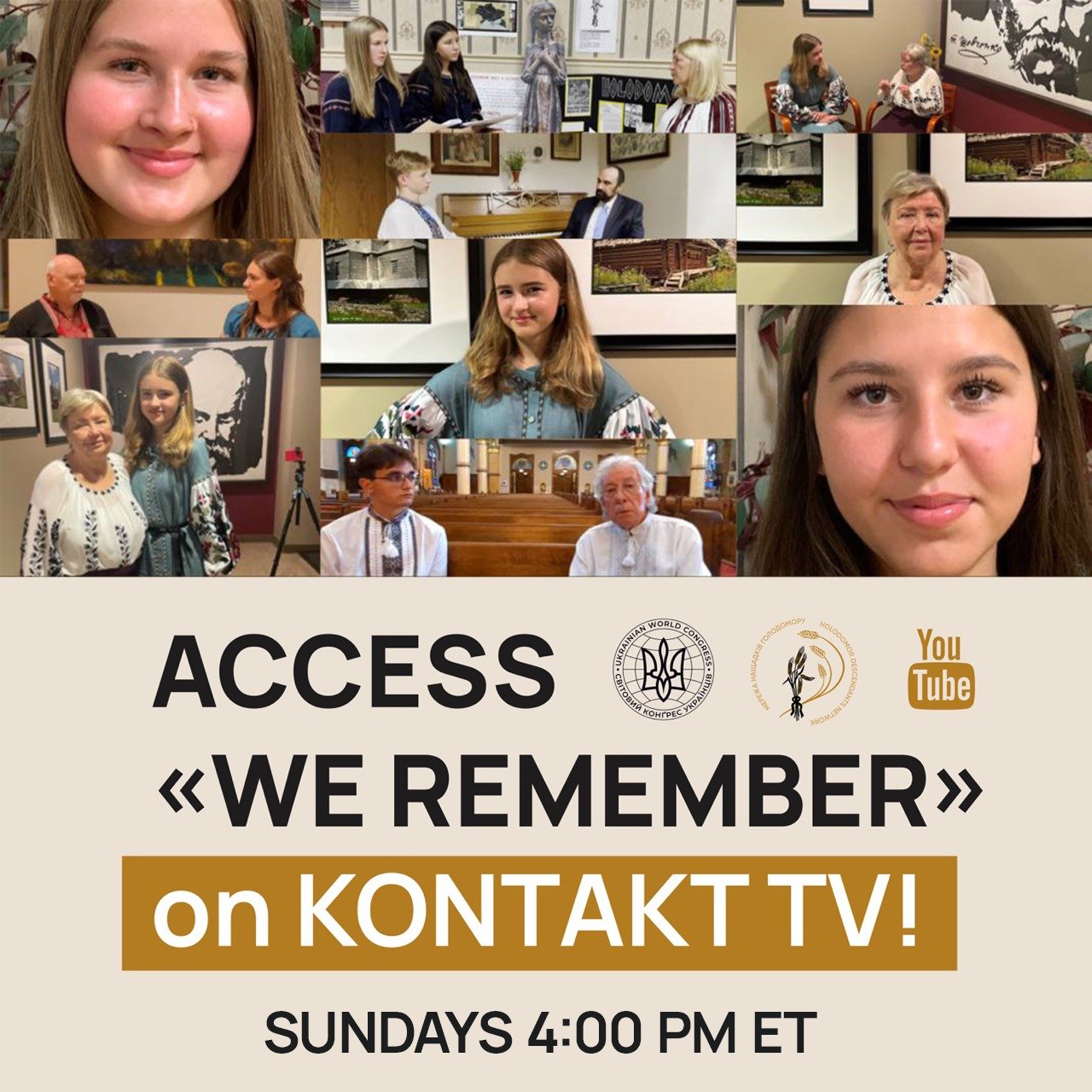
The "We Remember" project on KONTAKT TV. To mark the approach of the 90th Holodomor anniversary, the Holodomor Descendants Network undertook an oral history project, engaging students in grades 8-12. Ukrainian studies students from across the globe were invited to participate and conduct interviews with Holodomor descendants. These interviews are now accessible through the KONTAKT Next Gen television program and the Holodomor Descendants Network website.
Kontakt Ukrainian TV11-year-old Valeria Prokopenko and her fellow villagers from Yahidne, Chernihiv Oblast, experienced the real hell of the Russian occupation in February-March of this year. The same village suffered from the Holodomor genocide in 1932-1933.
WATCH ON YOUTUBEHolodomor Descendants Network is the unique personal voice and validation of family accounts of the Holodomor-Genocide. Our goals is to convey the Holodomor’s factual history in support of broader efforts to fight disinformation about the genocide perpetrated against the Ukrainian nation.
Global Holodomor Descendants Network was established by the Ukrainian World Congress by its International Coordinating Committee for Holodomor Awareness and Recognition.
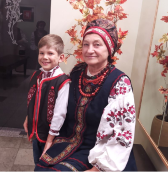

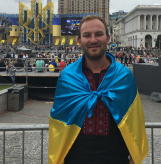
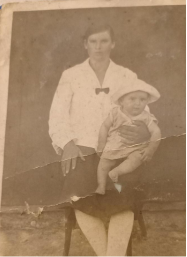

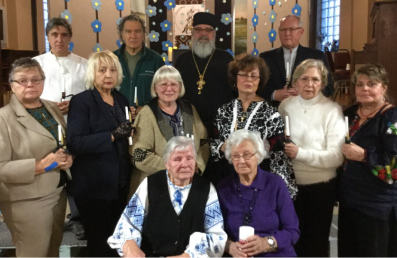
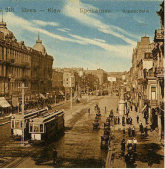

As descendants of Holodomor survivors, we have a unique opportunity to ensure that the suffering of our families is known so that no other nation ever suffers such a tragedy again. We have a moral obligation to share this history with the world. By uniting Holodomor Descendants globally, we will be the personal voice for our survivor families, and together we will memorialize the victims and raise awareness of the follow-on effects of the Holodomor on future generations.
OLYA SOROKA
Chair, Global Holodomor Descendants’ Network
Chair of the Holodomor Descendants’ Network Olya Soroka
speaks at the International Forum “Mass Artificial Famines:
We Remember. We Honor” in Kyiv, September 2021

We are the unique personal voice and validation of family accounts of the Holodomor – Genocide in order to convey the factual history
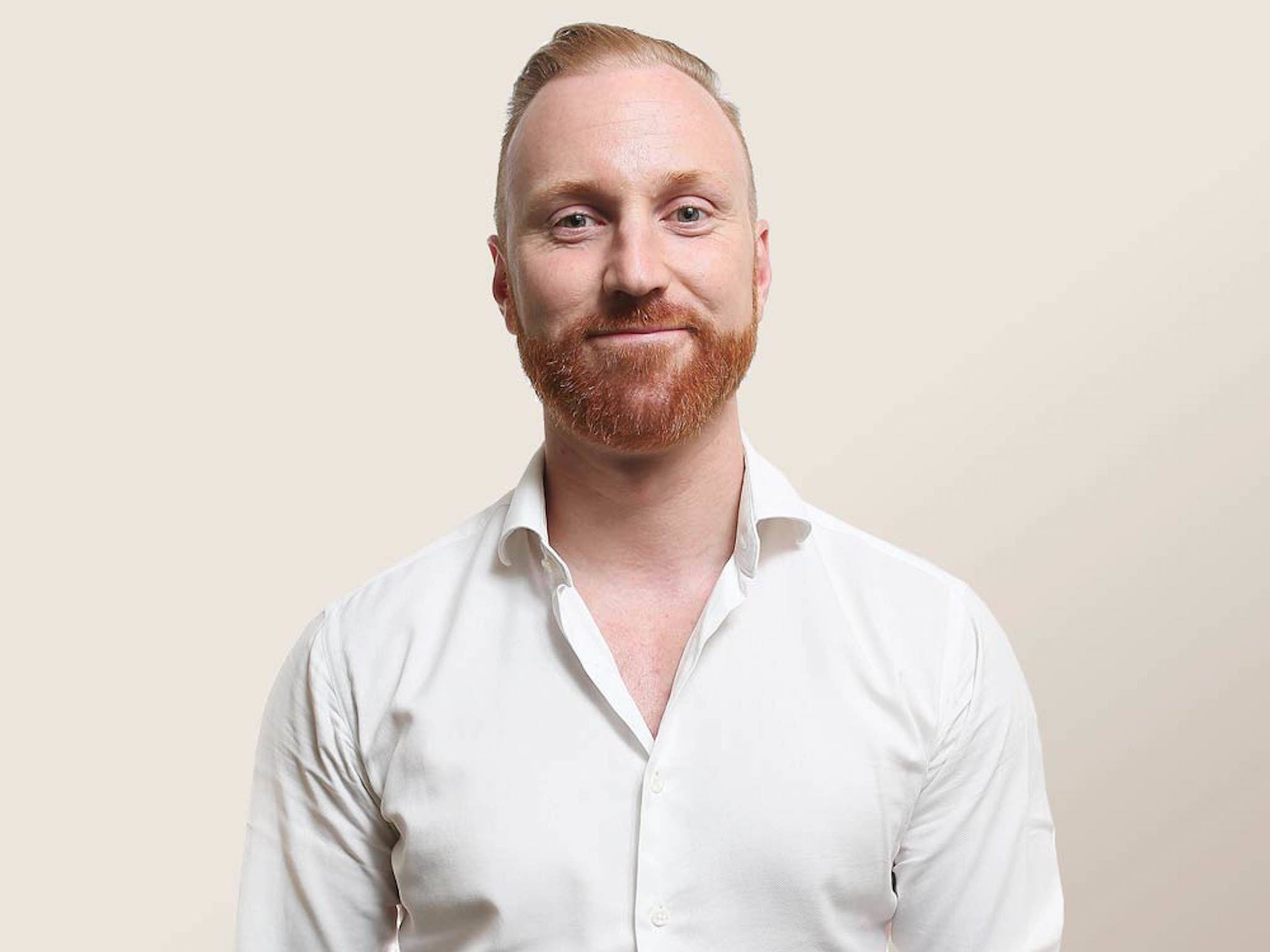
My grandmother begged for food of her neighbors, but most of the time, returned home empty-handed...
READ MORE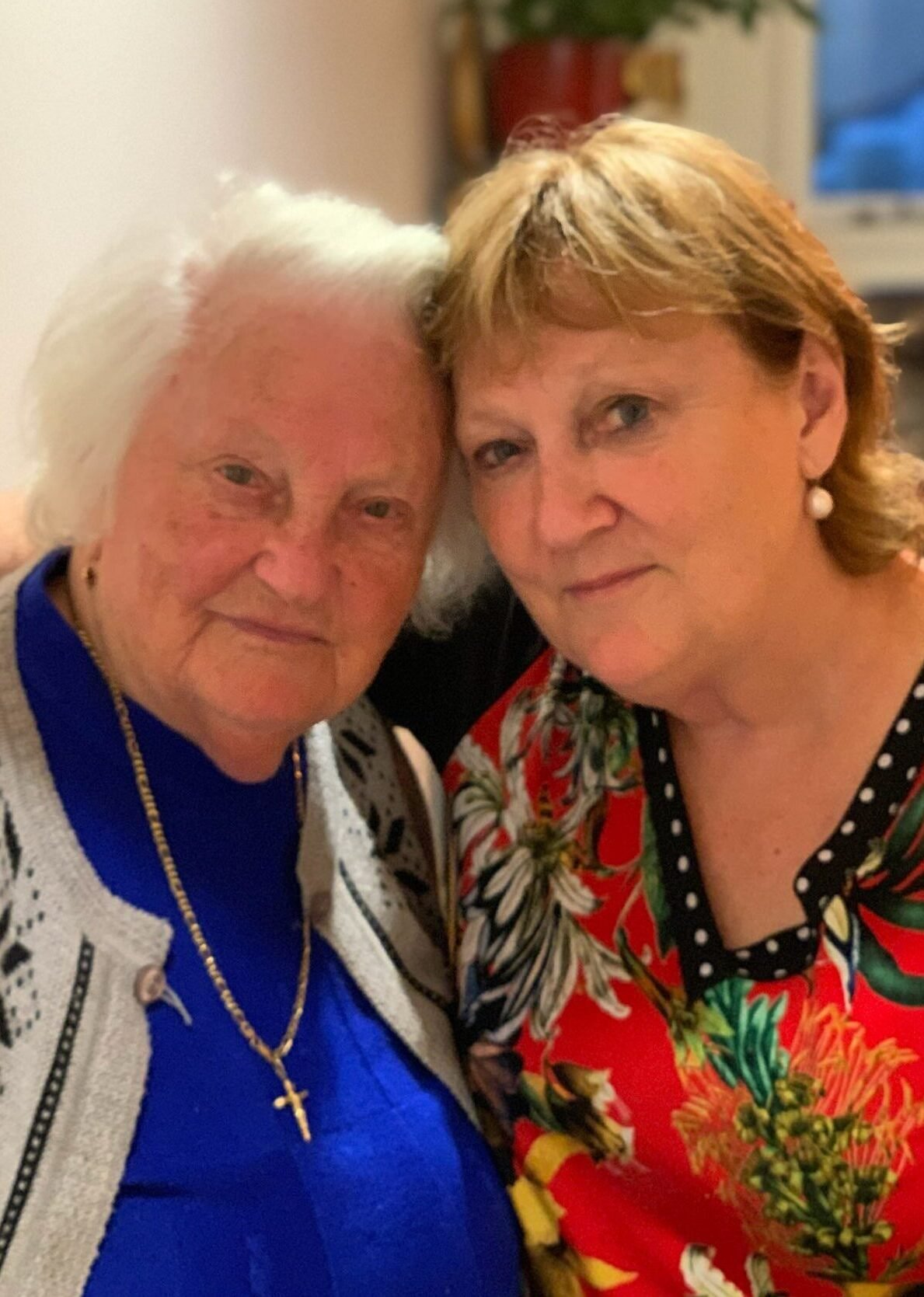
I learned about the Holodomor from my mother approximately thirty years ago. My mother had nothing to eat...
READ MORE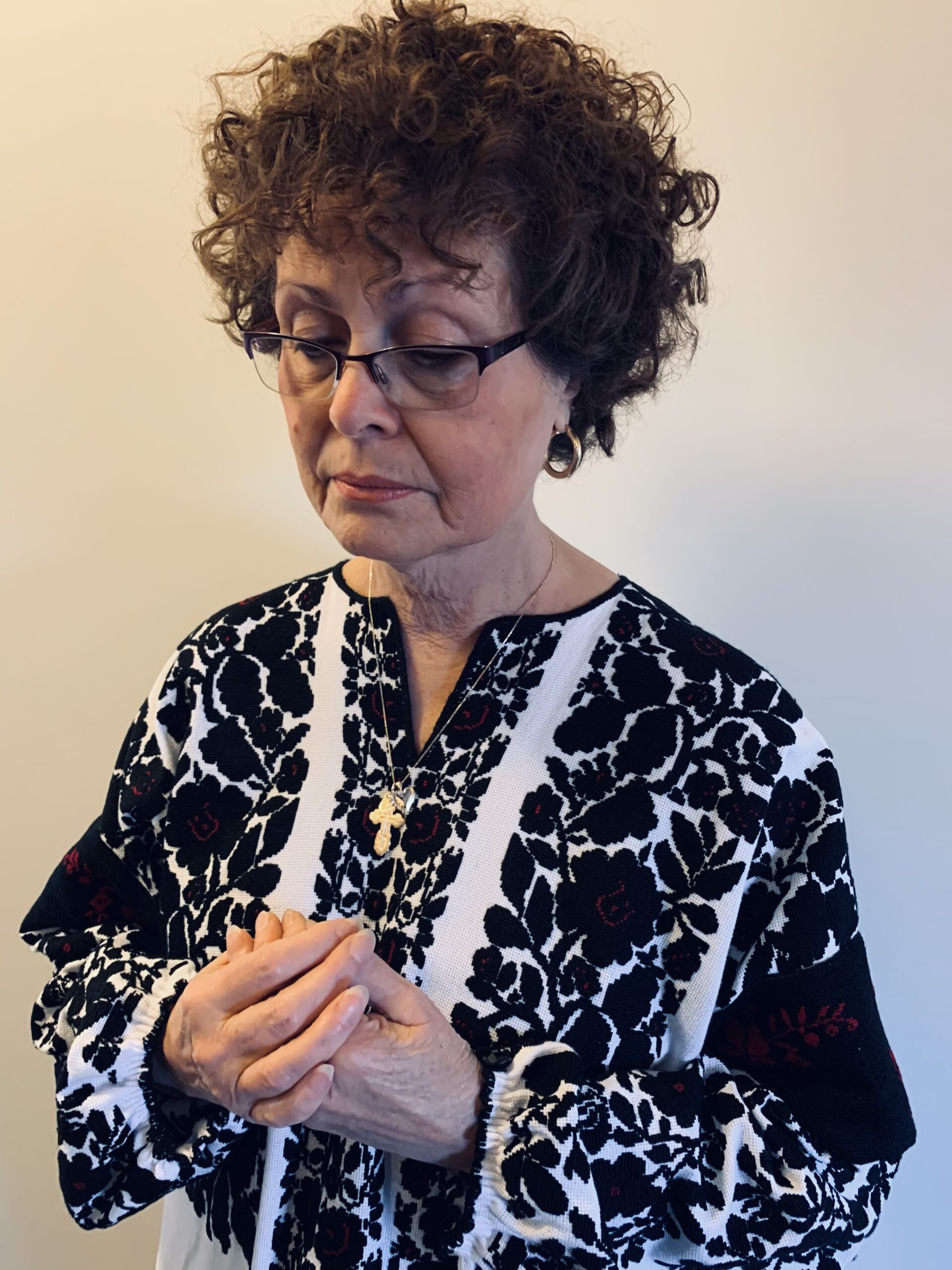
My mother Yevdokia told me about the Holodomor. She was eight years old when suddenly people entered her family home...
READ MORE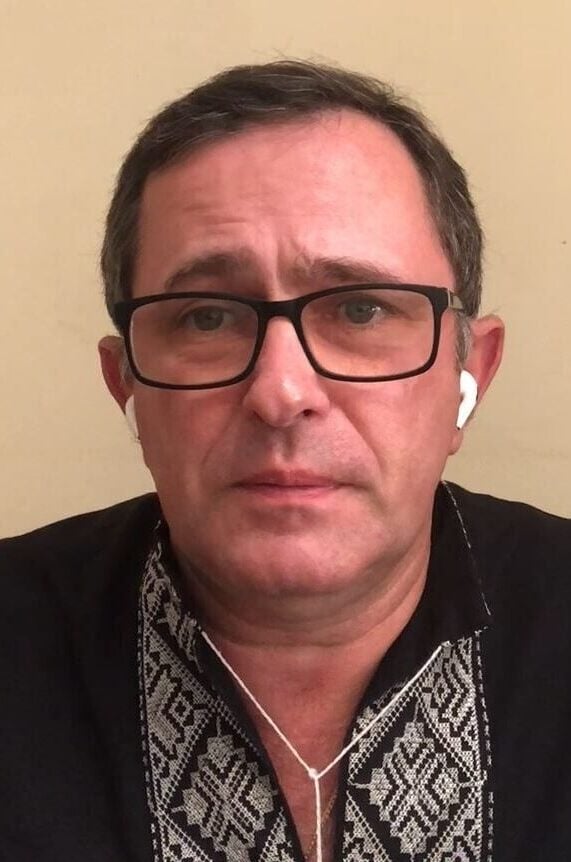
My family survived in Holodomor only because the brother of my great grandmother served in the Polish army ...
READ MORE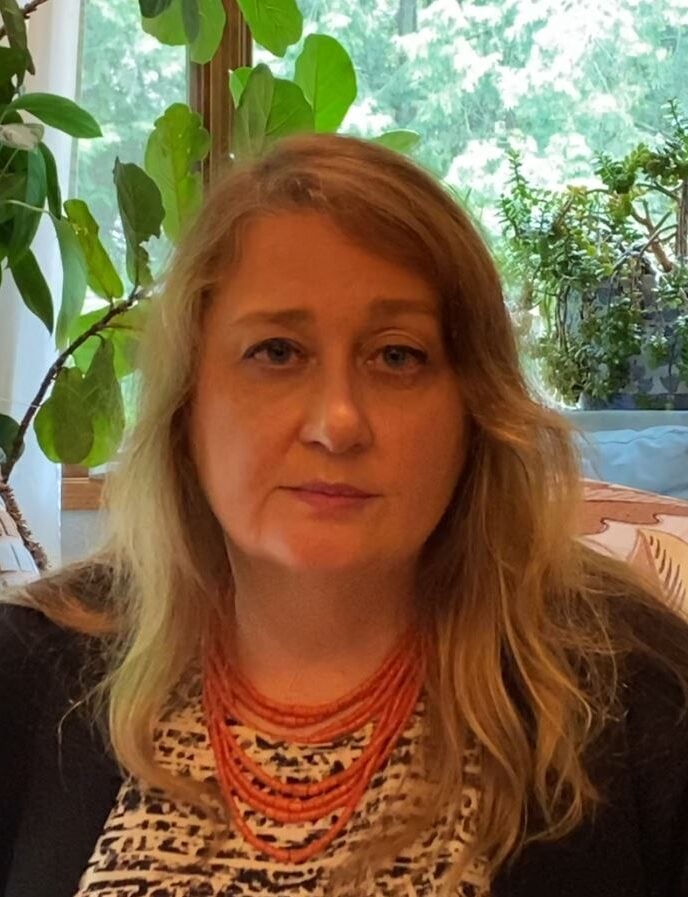
My grandmother Yevdokia by name, grew up in a small town Shebiakino just on the border of Ukraine and Russia...
READ MORE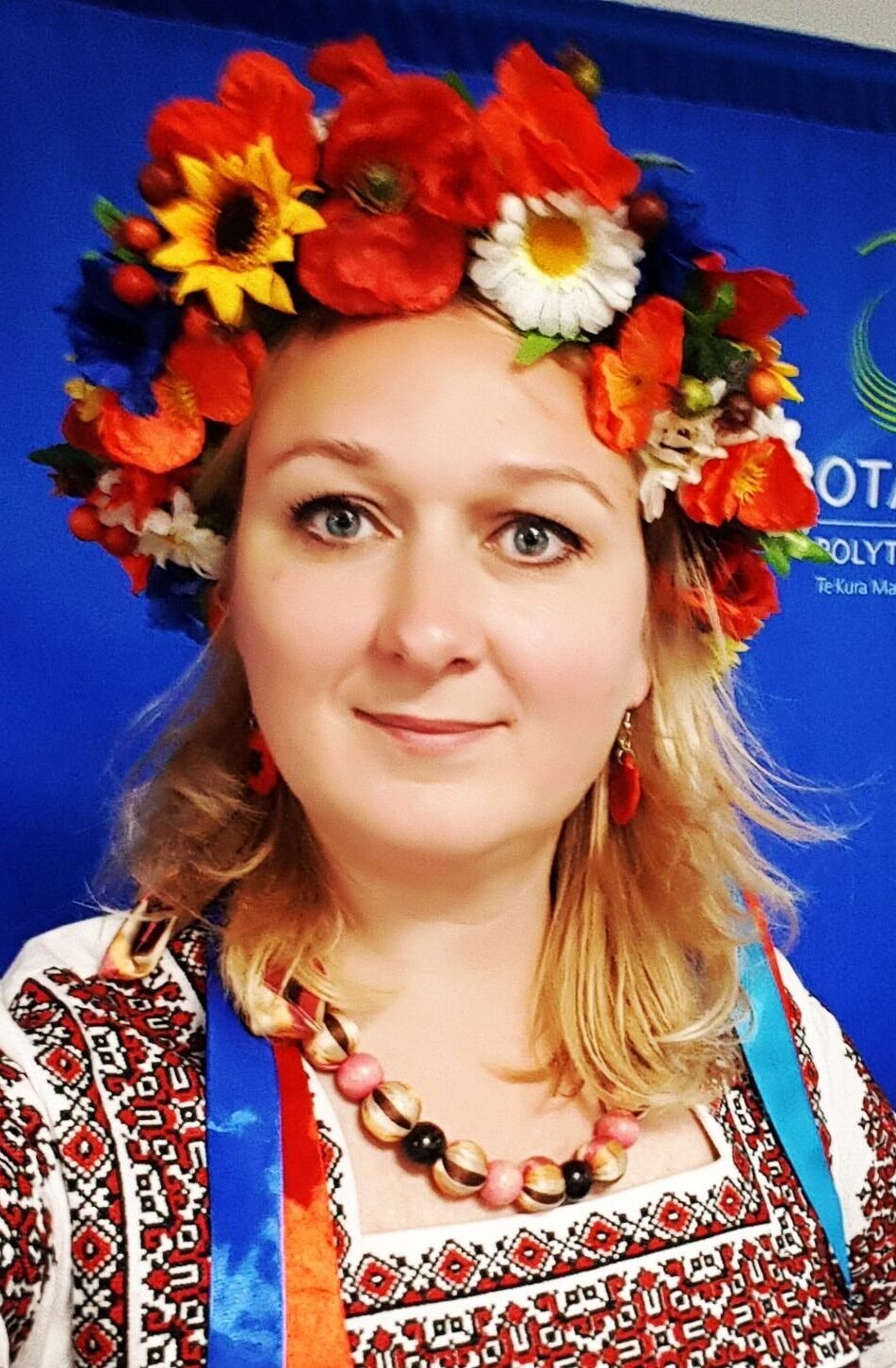
The grandmother had to exchange her beautiful house for a bushel of grain, but it turned out that the grain was mixed with...
READ MORE
Holodomor Descendants Network invites descendants of Holodomor survivors to participate in an important research study conducted by Brent Bezo from Carleton University
READ MORE

In Melbourne, I attended the school of Ukrainian Studies where our teachers taught us about the Holodomor during history lessons. When I lived at home, my grandmother and grandfather often spoke about the Holodomor. Lydia Turkovska, my grandmother, was living in the village of Hackivka in the Zhytomyr Oblast during the Holodomor with her parents, older sister, and cousins. Her father was fortunate enough to have a job as a driver and he would often return home from work with some money or food, even though this was insufficient to feed the family. My grandmother begged for food of her neighbors, but most of the time, returned home empty-handed. The family ate whatever they could find – grass, leaves, branches – anything that they could find growing in the soil nearby. Occasionally, my grandmother was able to get the leftover potato skins from families when she begged for food.
This was an unimaginable horrific period in the history of the Ukrainian people. I am very proud of my Ukrainian roots and I want to ensure that the Holdomor will never be forgotten, especially because my family was directly impacted by it.


I learned about the Holodomor from my mother approximately thirty years ago. My mother had nothing to eat so she begged for food and foraged in the fields around the village of Hatskivka in the Zhytomyr Oblast for unharvested potatoes, sometimes eating grass. She and her family survived because they ate whatever they could find and fortunately because they were young and healthy, their bodies were able to handle the unusual diet.
The project to capture survivor accounts is very important. The world must know what the Holodomor really was and that an extremely large number of people suffered from this fake famine imposed by an evil regime.


My mother Yevdokia told me about the Holodomor. She was eight years old when suddenly people entered her family home and took or destroyed everything they found and then searched the ground around the home for stored food that might have been hidden. My mother’s father, fearing arrest was hiding away from the home with his two youngest sons. My mother’s mother Paraska was threatened with arrest if she did not tell the Bolsheviks where her husband was hiding. The Bolsheviks destroyed the family’s grain mill, but when Yevdokia’s father made his way home with a handful of saved grain under cover of night, he was quite adept at building a small hand mill which Yevdokia used to grind grain. He told his most trusted neighbors about the hand mill that he built so that they too could use it to grind whatever they could find into food.
Then, the Bolsheviks took Paraska from her home and forced her and other village inhabitants to collect dead bodies from the streets. My mother’s aunt told her to beg for food while in the villages and to be careful to avoid certain streets where it was known that people were resorting to cannibalism to survive. Paraska’s sister Chrystya came to my mother from a neighboring village after her husband and two children died of famine. She came to my mother expecting to find some food in her home but when she did not, she went to the fields and dropped dead from famine herself.


My family survived in Holodomor only because the brother of my great grandmother served in the Polish army as an officer and was a prisoner of war together with the other Polish officers. Lenin offered them either to be executed by shooting or to join the Red Army. Before the Holodomor started, he had got some awards and position in that Red Army. He was well aware of what was going on in Ukraine that time he went to the village of my family. He had to pass through retreat blocking detachments who did not allow the villagers to run away from the death by starvation. He took the family to Russia, to Moscow, where he lived. When they were leaving the village, my grandmother Irena, thirteen that time, kept in her mind the fact she told us later about. She saw the ground moving. People dead by starvation and still alive were buried in the same mass graves and nobody cared whether they were dead or not and just threw the ground on them. Nowadays, living abroad, I feel my special mission to tell the communities where I live about the real reasons of the new Russian aggression occurring currently and what happened with Ukrainians last century.


My grandmother Yevdokia by name, grew up in a small town Shebiakino in Belgorod region just on the border of Ukraine and Russia. My grandfather Stepan Zukholskyi grew up in Ohirtseve village also on the border of Ukraine and Russia but in the Ukrainian territory, Khrkiv region. They both worked at a sugar manufacturing factory. My grandfather was a patriot of Ukraine and he was also against communism. So, when he was nineteen, he was deported to Siberia to work and ran away from there. My grandmother was younger. Her father was a farmer and planted sugar beets. That time, late 1920s – early 1930s collectivization started. The only way the Bolsheviks used to force farmers to join collective farms was high tax rate. My grandmother a little girl of twelve that time came to the plant to ask for a job. They hired her and she got a job. Later, her sisters also got a job there. Their job at the state plant saved their family. During famine they got breakfast and sometimes lunch. She also got bread there. In summer 1933 her legs started swelling. Each day she walked home, she ran home fast because she did not know, maybe her father was imprisoned or her family could be kicked out of the house. Everything could happen. When at home she saw that nothing like that happened she went to her room locked the door and spent nights in bed looking at the ceiling. Maybe somebody forget all that but I think that we cannot forget about it; to live through such horrible things was not only physical destruction of Ukrainians but also their moral damage; to live through all that and survive.


My great-grandmother Yevdokiia Mykhailivna was born in the village of Sukha Kalihirka, Cherkasy region. She married Larion. They had a field and a nice big house. Larion was killed by lightning on the field and the grandmother was left alone with the children. When the Holodomor began, they already had three children – Vasyl, Halyna and Mykhailo, my grandfather. They somehow survived 1932, but already began swelling from hunger. The grandmother had to exchange her beautiful house for a bushel of grain, but it turned out that the grain was mixed with garbage, and they could not feed themselves with it. Vasyl and Galina died, only my grandfather Mykhailo survived. They had nothing to eat at all, they waited for spring to eat some grass or leaves. We knew where Vasyl and Galya are buried, found their grave and put crosses on it in remembrance.


Holodomor Descendants Network invites Ukrainian Americans born or raised in the United States to participate in an important research study conducted by Brent Bezo from Carleton University.This study is the first to explore the transgenerational impact of the Holodomor among Ukrainian-Americans, with findings to be shared with the Holodomor Descendants Network.Who Can Participate:– Children of Holodomor Survivors: Born in the United States or outside Ukraine and immigrated to the USA before age 5.– Grandchildren of Holodomor Survivors: Born in the USA– Control Group: Ukrainian-Americans with no familial ties to Holodomor survivors, born in the USA or immigrated before 1963, and spent most of their childhood in the USA.About the Survey:Your responses are anonymous and stored securely. Participation is voluntary, and you can withdraw at any time. The study is approved by the Carleton University Research Ethics Board-B (#120976).Your participation can help deepen our understanding of historical impacts on current and future generations.
Main mission of the Museum is to warn the society from repeating the crime of genocide by accumulating and spreading of knowledge about the Holodomor. The Holodomor Museum teaches to confront hatred and human rights violation. The Museum cultivates protection of human dignity and democratic values.
UINR is the Central Executive body for the implementation of state policy in the field of restoration and preservation of national memory, which activities are directed and coordinated by the Cabinet of Ministers of Ukraine through the Minister of Culture.
Holodomor Research and Education Consortium. Canadian Institute of Ukrainian Studies University of Alberta promotes the research, study, and understanding of the Holodomor – the Famine in Ukraine of 1932–33.
Сommunity institution which collects, catalogues, and preserves material documenting the history, culture and contributions of Ukrainians throughout the world. UCRDC produces documentary films, prepares educational materials, and sponsors lectures, conferences and exhibits on various topics related to Ukrainian issues.
We invite Descendants of all Holodomor victims to add your voice to our Holodomor Descendants’ Network. Participation in the Network may be at a level that is comfortable and meaningful for you given your individual circumstances. Join in order to receive information on research, activities, events or join to be more active in sharing family accounts and actively supporting awareness / educational/ commemoration initiatives. The choice will be yours.
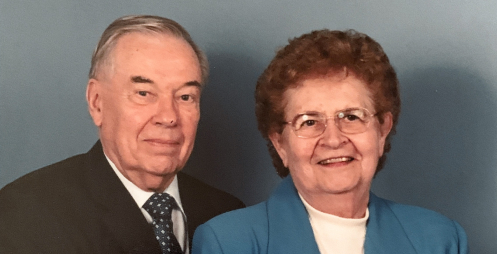
The Holodomor Descendants Network project was made possible through the generous funding of the Mys family and the support of the Ukrainian World Congress. The life stories of Mykola and Mary Mys are true examples of selfless service to the Ukrainian community. Read Mr and Mrs Mys inspiring life stories as shared by Yvonne Hawryliuk.
LEARN THEIR STORYThe Holodomor Descendants Network is sponsored by the Ukrainian World Congress
© 2025 Ukrainian World Congress & Holodomor Descendants’ Network.
